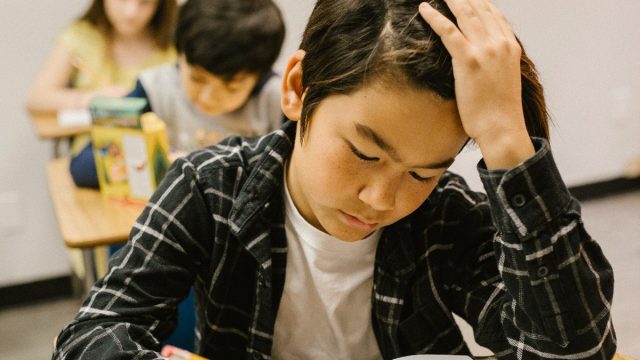Learning Inclusion
I’m on a plane today headed to Alberta, Canada to give a talk at an inclusion conference. Nothing new—been speaking at conferences like this for over ten years and, as someone who spent a lot of time in “special education,” I believe deeply in inclusion. I believe in inclusion because during my school purgatory days, there was very little that I found was special about special education except a very special form of irony when I was called a special snowflake and then told to sit my special snowflake rear down. So because I’ve been doing this so long and been giving so many talks, I rarely look at the specific title of any particular conference any more—there are only so many creative ways the words inclusion, education, disabilities, at-risk kids can be combined.
By chance though, this morning when I got on the plane, I actually read my itinerary and was struck by the title of the conference I was attending. It wasn’t just an inclusion conference; it was a “learning inclusion” conference. Now I know that for those out there who don’t spend all their free time reading conference titles, this may sound like the proverbial difference without distinction. But I think this is an important shift from which we can learn. Let me explain.
The inclusion movement came essentially from the special education, or more precisely, in reaction to special education. It was, and is, a simple but profound idea: students with disabilities shouldn’t be segregated in special classes. And they shouldn’t ride the short bus, which, in some places, is the government funded form of segregated transportation. For inclusion true believers like me, the experience of people with disabilities is a civil rights issue. We are not a group of sick or broken individuals in need of treatment but a marginalized minority group in need of inclusion and empowerment.
But what’s most interesting, at least from my vantage point, about this social movement is a bigger argument: people don’t have disabilities but experience disabilities in environments that aren’t accommodating or inclusive of the wide continuum of human differences. We are all temporally enabled learners who can be disabled by narrow, standardized learning environments, whether we have diagnoses or not. Learning inclusion is a call to create supportive and empowering learning environments — not for kids with learning disabilities, but all kids.
So my new friends in Alberta got it right on. Well done! Next time I’ll read my itinerary.











Well said Jonathan. I agree with your statement “We are all temporally enabled learners who can be disabled by narrow, standardized learning environments, whether we have diagnoses or not. ”
Plus, children are just children and see themselves as children. They are not born with a tattoo that labels them. If we see them as capable, they see themselves as capable. All of us have areas of brilliance, and all have “disabilities”. Let’s just concentrate on seeing brilliance as much as we can.